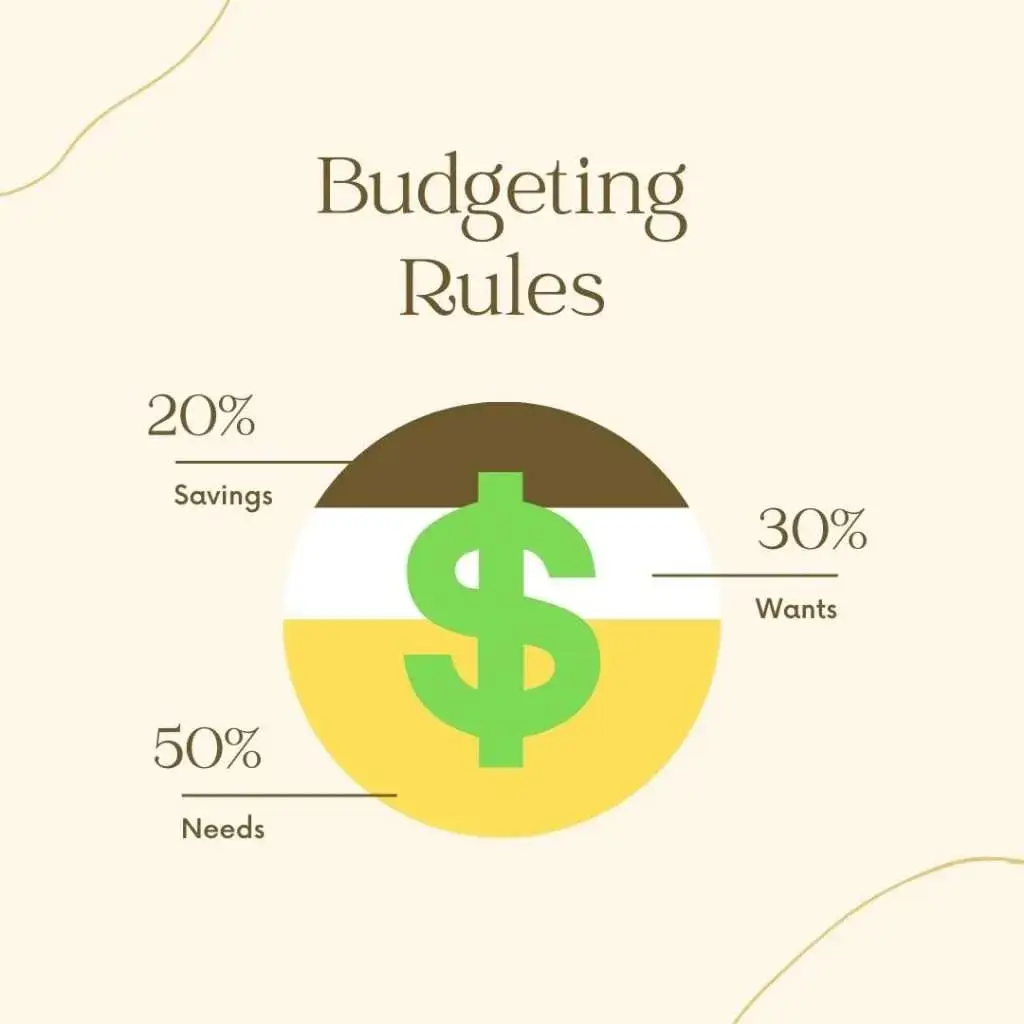
Table of Contents
Investing and Trading
The stock market can be intimidating and confusing for beginners, with lots of jargon and different types of investments. However, with the right tools and approach, you can begin your investment journey on the stock market and potentially create wealth for your future. In this article, we will discuss the elements of investing and trading on the stock market so that you can hit the ground running.
Understanding the Stock Market
What is the Stock Market?
The stock market is an amalgamation of publicly traded companies for buying and selling stocks on an exchange. It’s where investors buy and sell ownership, with the intent of making a profit. The history of the stock market dates back to 17th May 1792, when the stock market came into existence through the Buttonwood Agreement signed by a group of stockbrokers.
The Buttonwood Agreement has transformed into the New York Stock Exchange we know today. Private companies go public by raising capital by issuing shares of stock to the public through an IPO on the stock exchange. An Initial Public Offering (IPO) is the first time a company’s stock becomes available for public purchase.
How does the Stock Market work?
The stock market operates based on supply and demand. If the demand for a stock is higher than the preference to sell it, the price increases. The price decreases if the preference to sell a stock is higher than the demand to buy it. Investors buy stocks hoping that a company’s performance will drive the stock price up, allowing them to sell the stock, and make a profit at some point.
Types of Stocks and Companies to Invest
There are several types of stocks to invest in. This is not an all-inclusive list, some of which include common stocks, preferred stocks, blue-chip stocks, growth stocks, value stocks, dividend stocks, penny stocks, exchange-traded funds (ETFs), mutual funds, and index funds.
Common stocks: Common stocks are the most widely known type of stock and represent ownership in a company. Shareholders who own common stocks have voting rights on important company decisions, such as electing directors and approving corporate actions. There is the potential for them to earn profits through the payments of dividends and capital appreciation.
Preferred stocks: Preferred stocks are a type of stock that has preferential authority on a company’s assets and earnings compared to common stock. The owners of preferred stocks usually receive a fixed dividend before dividends for common shareholders. The owners of preferred stock usually don’t have any voting rights on electing officers or approving corporate decisions. However, they do have the option to convert their shares to common shares but not vice versa.
Blue-chip stocks: Blue-chip stocks are stocks of well-established, financially stable companies with a long history of steady growth and profitability. Some of the blue-chip stock companies have been around for a long time and include large multinational corporations like Coca-Cola (CO), Johnson & Johnson (JNJ), and Procter & Gamble (PG).
Growth Stocks: Growth stocks are shares of companies that grow faster than the overall market. These companies typically reinvest earnings back into the business rather than paying dividends to shareholders.
Value Stocks: Value stocks are undervalued compared to their earnings, sales, or book value. They may have a lower price-to-earnings (P/E) ratio and a higher dividend yield than growth stocks.
Dividend Stocks: Dividend stocks pay regular dividends to shareholders, usually quarterly. They are often blue chip or other stable, well-established companies.
Penny Stocks: Penny stocks are highly speculative investments that cost less than $5 per share and are typically issued by startup businesses, younger companies, or those facing financial difficulties. As such, they incur higher risks.
Exchange-Traded Funds (ETFs): ETFs (Exchange Traded Funds) offer a powerful way to diversify your investments while allowing you to gain exposure to sectors, indices, or markets. They consist of baskets of stocks traded like any other individual stock.
Mutual funds: Mutual funds are a great option for investors who want a diversified portfolio without managing them personally. These investment solutions combine capital from several investors and use them to buy stocks, bonds, and other securities. Like index funds, mutual funds offer diversification by spreading investments across a wide range of assets. This diversification helps reduce the risk of loss from any single investment.
Mutual funds are managed by experienced professionals who conduct research and make investment decisions on behalf of investors. This expertise can be particularly beneficial for beginner investors who may not have the resources or knowledge to manage their investments actively. Mutual funds are generally liquid investments, meaning investors can buy or sell shares on any business day at the current NAV.
This liquidity provides flexibility and allows investors to access their money as needed. Mutual funds are accessible to investors with various investment amounts, making them suitable for small and large investors. Additionally, many mutual funds offer automatic investment plans, allowing investors to contribute regularly over time. Mutual funds may charge fees and expenses, including management fees, sales charges (loads), and other administrative costs.
Investors need to understand these fees and how they impact their investment returns. While mutual funds offer the potential for returns, there’s no guarantee of profitability. Investors should research the fund’s historical performance, investment strategy, and risk factors before investing. These investments may have tax implications, such as capital gains distributions and tax inefficiencies. Investors should consider the tax consequences of their investments and consult with a tax advisor.
Index funds: Index funds are a type of investment fund designed to track the performance of a specific market index, such as the S&P 500, the Dow Jones Industrial Average, or the NASDAQ Composite. These funds are passively managed, meaning their aim is to replicate the performance of the index they track instead of trying to outperform it through active stock selection.
They provide diversification which is one of the key advantages of index funds is their built-in diversification. By investing in an index fund, you gain exposure to a wide range of companies from various industries, reducing the risk associated with individual stock selection. Index funds usually have lower management fees compared to actively managed funds because they require minimal human intervention. This means more investment returns stay in your pocket rather than being eaten up by fees.
Index funds are straightforward investment vehicles that require little active management or market expertise. For beginner investors, this simplicity can be a significant advantage, allowing them to start investing with minimal effort and knowledge. Over the long term, many index funds have delivered competitive returns that have outperformed actively managed funds. Although past performance is not indicative of future results, the historical success of index funds is reassuring for investors.
Get Started with Investing and Trading
Set Your Investment Goals:
It’s ideal to have a view of your investment horizon and clearly understand what your investment goals are. Are you investing for the long-term, maybe for retirement, or looking for a quick turnaround to make a quick buck?
Are you looking for steady growth with an acceptable rate of return on your investments, or are you willing to take on more risks for the potential of higher returns? A clear picture and understanding of your investment goals will go a long way in determining and guiding your investment decisions.
Open a Brokerage Account:
If you’re planning to invest in the stock market, one of the first steps you need to take is to open a brokerage account. With this type of investment account, you can purchase stocks and other financial assets.
There are many different brokerage firms to choose from, compare the reputation, fees, services, and tools of each firm before deciding. These are some of the brokerage firms you may consider during your research before selecting.
- Robinhood: This commission-free trading platform allows users to buy and sell stocks, options, and exchange-traded funds (ETFs).
- TD Ameritrade: A brokerage firm with a wide range of investment products, including stocks, options, futures, and mutual funds.
- E-Trade: An online brokerage firm offering different investment products, including stocks, options, mutual funds, and exchange-traded funds (ETFs).
- Charles Schwab: A full-service brokerage firm offering investment products, including stocks, options, mutual funds, and exchange-traded funds (ETFs).
- Fidelity Investments: A brokerage firm offering a variety of investment products, such as stocks, options, mutual funds, and exchange-traded funds (ETFs).
- Vanguard: A brokerage firm specializing in low-cost mutual funds and exchange-traded funds (ETFs), but also offering individual stocks, bonds, and other investment options.
Choosing your investments:
You have a brokerage account set up now you need to choose your investments: Your options include individual stocks, exchange-traded funds (ETFs), or mutual funds. ETFs and mutual funds are a type of investment that allows you to invest in a basket of stocks rather than just one stock. You can reduce your risk by spreading your investments across multiple companies.
A Diversified Portfolio:
You must diversify your investment portfolio by investing in a mix of stocks, bonds, and other securities. You can reduce your risk by spreading your investments across different investments. For example, if a stock in your portfolio decreases in value, your portfolio may remain intact if you have other investments performing well.
Trading in the Stock Market
What is Trading?
Trading is the buying and selling of stocks within a short period, usually within the same day. Trading can be a more active approach to investing to make quick profits from market movements.
Types of Trading Strategies
Trading strategies come in different forms, such as day trading, swing trading, and position trading. Day trading entails making decisions based on analyzed data and carrying out trades within a day. This method allows traders to capitalize on short-term opportunities in the market.
Swing trading involves keeping stocks for a few days to several weeks, taking advantage of short-term price movements. Position trading involves keeping stocks for a long period, typically several months to a year, to ride long-term market trends.
Risks of Trading
Trading can be a riskier approach to investing, as it involves making quick decisions based on market movements. There is also the risk of losing money quickly if your trades are unsuccessful. You must research and understand the market before trading and have a solid understanding of the risks involved.
Final Thoughts
You as an investor in the stock market can grow your wealth over the long term, but you must recognize investing has its risks. You must be knowledgeable about the market, identify your investment goals, and diversify your portfolio.
As a trader, you must understand the market and the risks involved and implement a solid strategy for future success. You must seek the advice of an investment professional if you plan to invest large sums of money, especially as a beginner investor and trader.



I very delighted to find this internet site on bing, just what I was searching for as well saved to fav